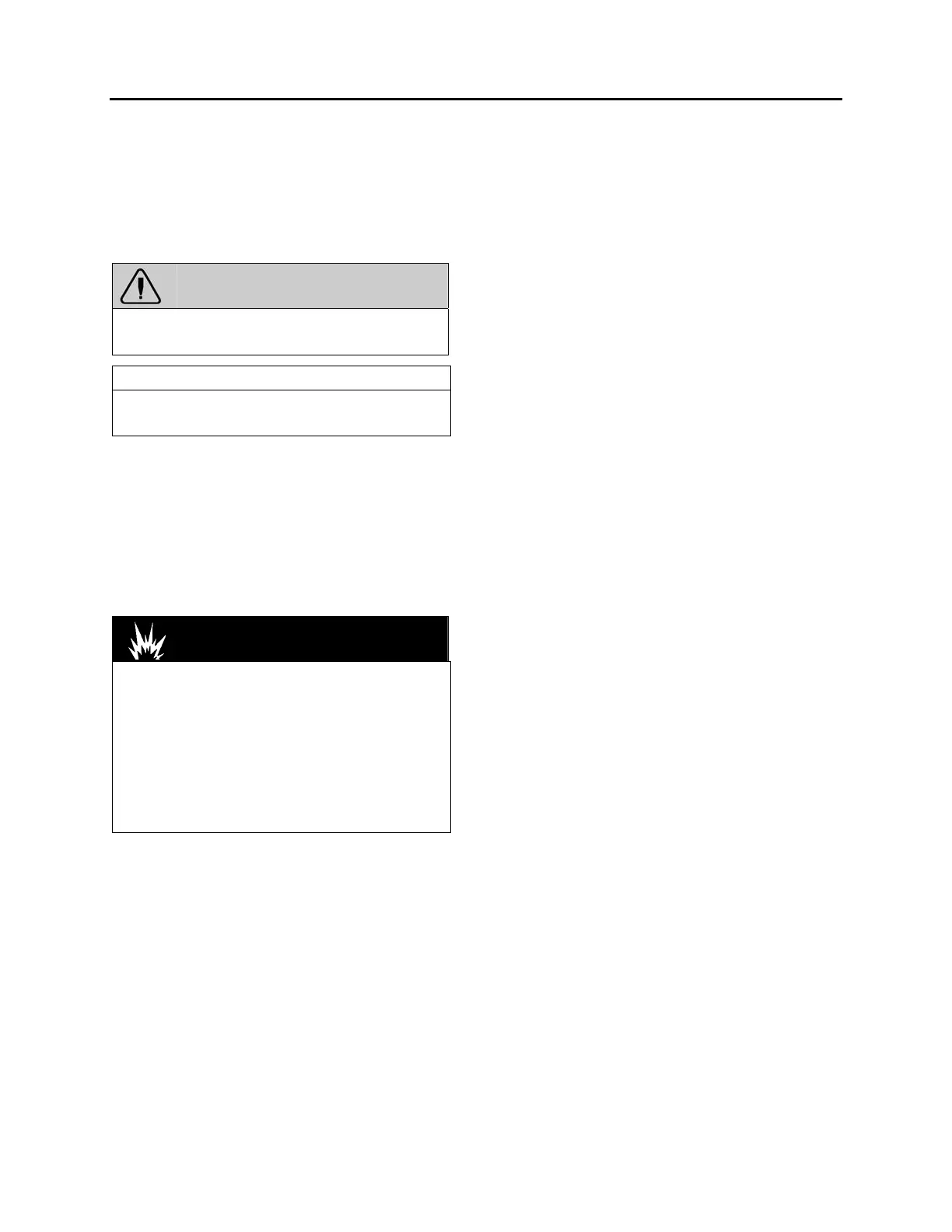Section 06: ELECTRICAL
PA1562
13
greatly reduces the possibility of overcharge
damage.
The vents require keeping the battery in an
upright position to prevent electrolyte leakage.
Tipping the battery beyond a 45
°
angle in any
direction can allow a small amount of electrolyte
to leak out of the vent holes.
WARNING
DO NOT tip battery by more than 45
°
when
carrying or installing the battery.
NOTE
Evidence of electrolyte leakage does not
necessarily mean the battery is defective.
With special cables properly attached to
batteries, the metal surfaces that carry the
current are completely sealed from the
atmosphere. This prevents terminal oxidation
and corrosion that may cause starting and
charging problems. If new cables are required,
sealed terminal cable replacements should be
used to retain the reliability of the original
maintenance-free connections.
DANGER
All lead-acid batteries generate hydrogen gas,
which is highly flammable. If ignited by a spark
or flame, the gas may explode violently,
causing spraying of acid, fragmentation of the
battery, which may result in severe personal
injuries. Wear safety glasses and do not
smoke when working near batteries. In case of
contact with acid, flush immediately with
water.
The battery has four (4) major functions:
1. Providing a source of current for starting the
engine;
2. Stabilizing the voltage in the electrical
system;
3. Supplying current for a limited time, when
electrical demands of the equipment exceed
the power output of the alternator;
4. Providing a limited source of power for
connected accessories, when the engine is
not running.

